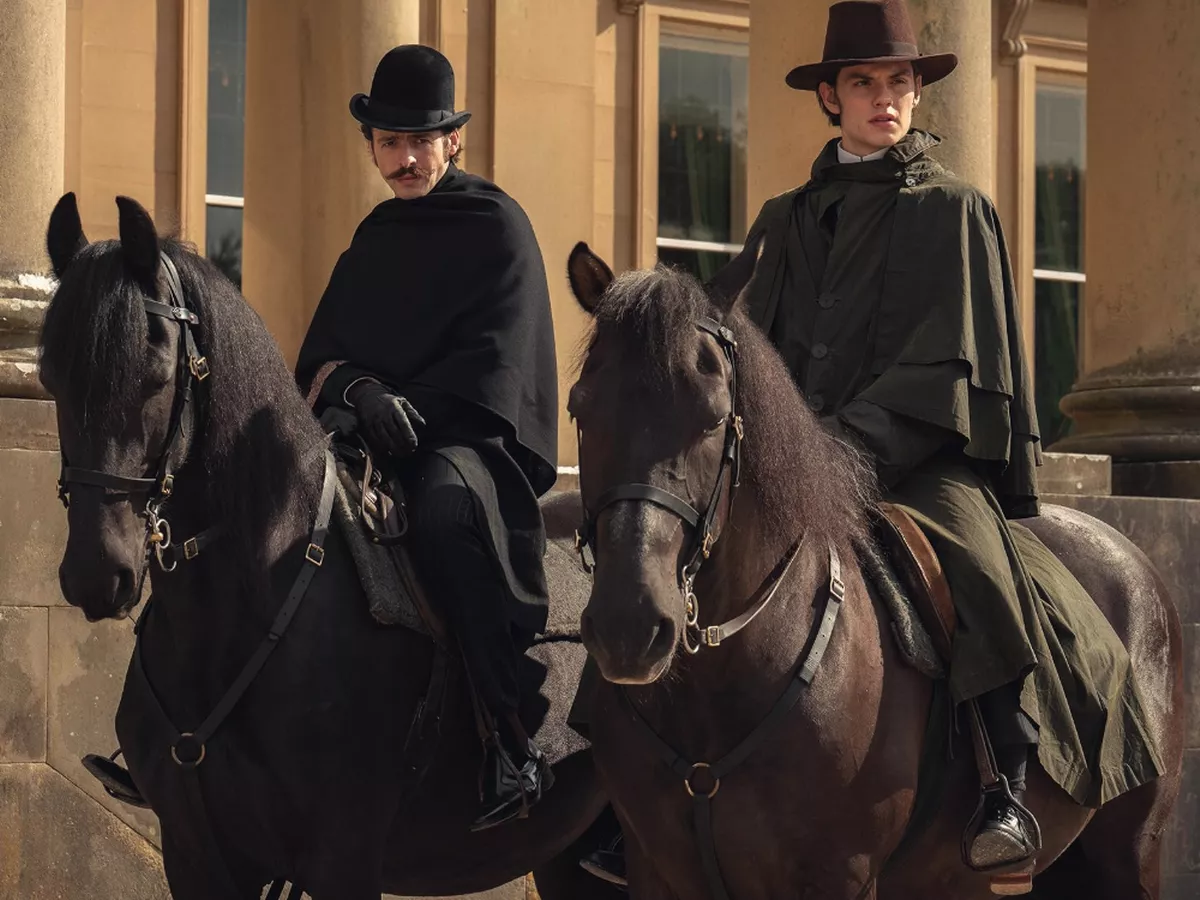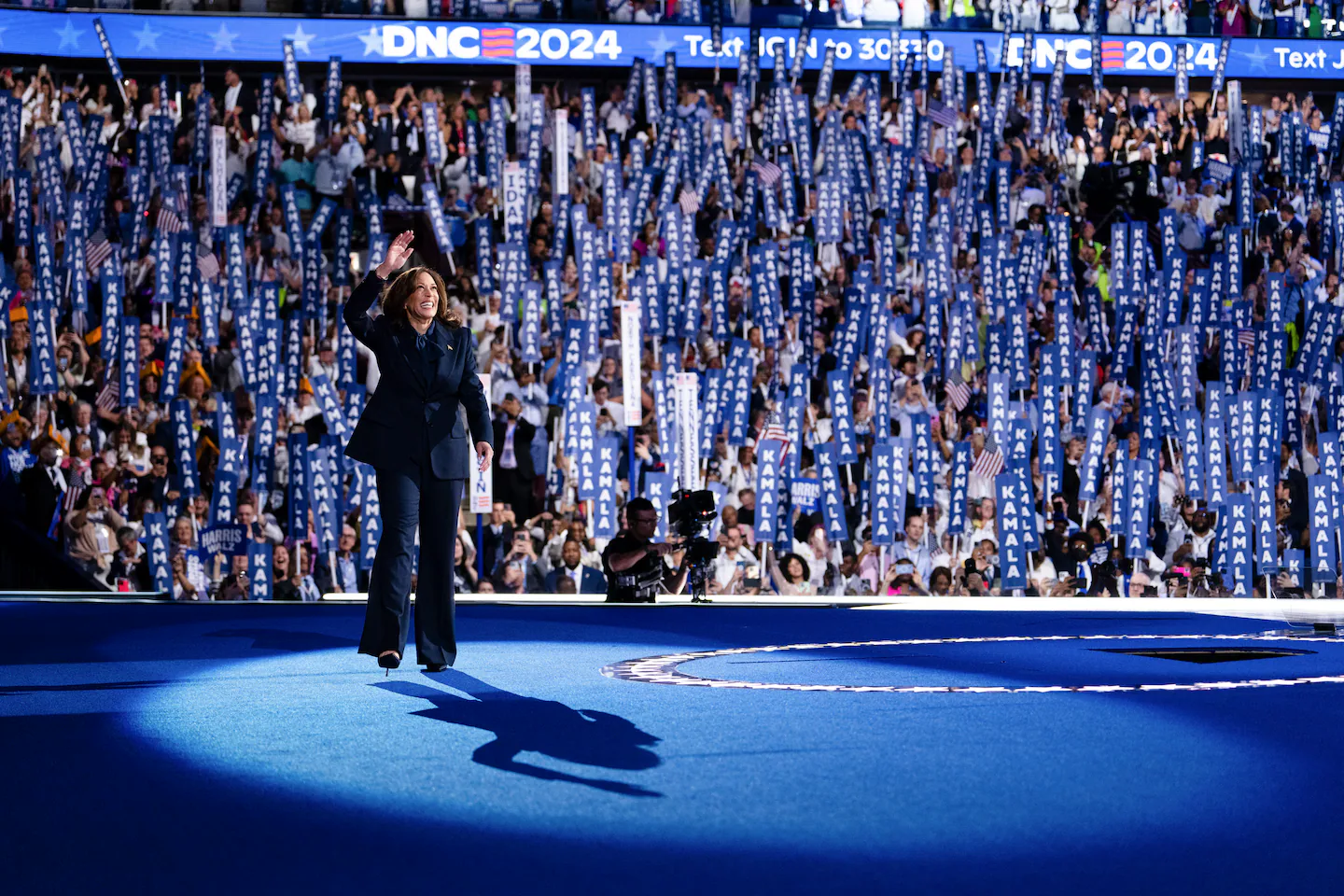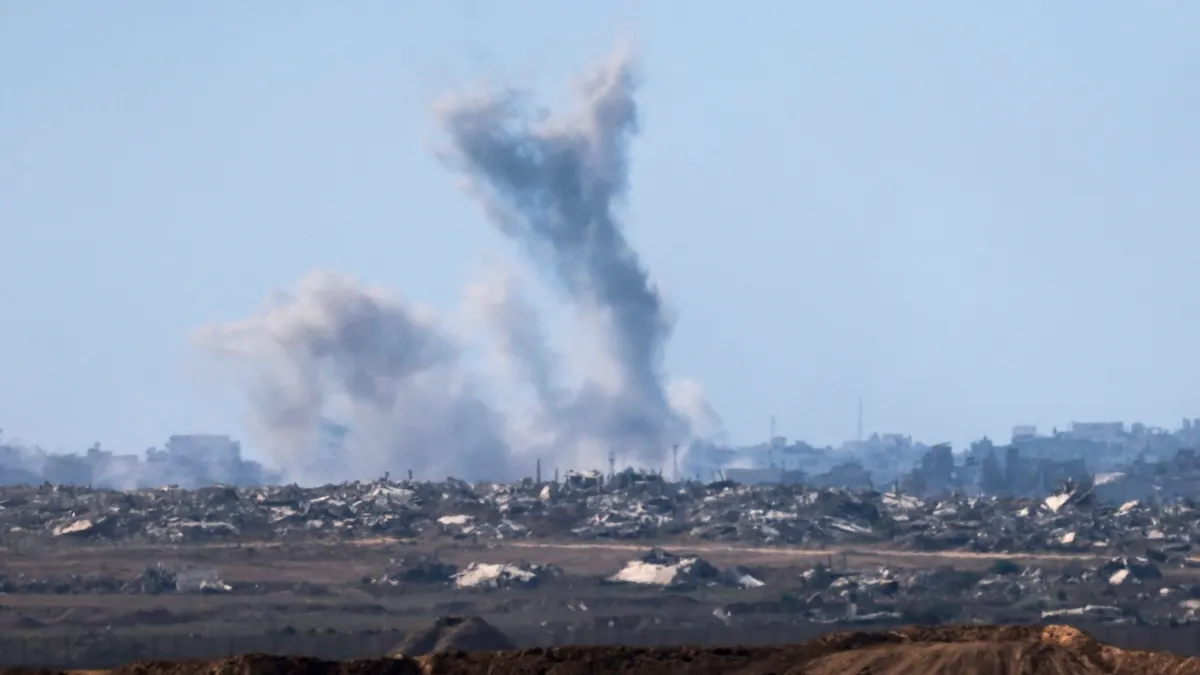By Georgia Burns,Neela Debnath
Copyright dailyrecord

The highly anticipated House of Guinness has finally arrived on Netflix with all eight episodes of the captivating period drama now available for streaming. Written by Peaky Blinders creator Steven Knight , the series tells the complex story of family obligation, romance, politics, and most importantly, business. However, it’s worth mentioning that the show is reported to shy away from the family’s darker side. The story begins in 1868 with the death of Guinness magnate Sir Benjamin Lee Guinness, signalling a new era for the company as his children Arthur Guinness (played by Anthony Boyle), Edward Guinness (Louis Partridge), and Anne Plunket (Emily Fairn) begin to introduce drastic changes, guiding the business onto a new path. Set against the backdrop of 19th-century Ireland, the action primarily takes place in Dublin, but also transports viewers to New York, Cloonboo and Ashford Castle, the Mirror reports. Let’s take a look at the filming locations of House of Guinness and discover where the TV show was actually filmed. Contrary to what one might assume, House of Guinness wasn’t filmed in Dublin or Ireland, but rather in the North West of England. The production team selected locations such as Manchester, Liverpool, North Wales and Yorkshire, which served as substitutes for Ireland and other settings depicted in House of Guinness. Executive producer Karen Wilson revealed the reasoning behind not shooting in Ireland: “Obviously, Guinness couldn’t be more Irish – and we carried that responsibility seriously. We spent a lot of time looking at photographs from the period, diving into the research about where Ireland and Guinness were in 1868.” “Unfortunately, very little remains of Dublin that still looks like it did in 1868. We quickly realised we’d have to film elsewhere. We travelled the length and breadth of Ireland and the UK, ending up in the North West of England, which had stately homes and Dublin-style streets – everything we needed.” She continued: “I really hope we’ve done Dublin justice.” Show creator Knight echoed these sentiments when he outlined how the filming locations were ultimately decided by the design team and director. He remarked: “What they are looking for are things that looked most like Dublin in 1868. And the fact is that Dublin now looks less like Dublin in 1868 than other areas do.” “If you’re not in Dublin, you’ve got the whole of Great Britain to choose from, so there might be a street corner in Liverpool that looks perfect, and I think it’s a compromise to insist to oneself you have to go and shoot it all in one place..” He went on to reveal that his other hit series Peaky Blinders wasn’t shot in Birmingham because the city no longer bore resemblance to its 1920s appearance. Much of the Cillian Murphy-led drama was filmed in Leeds and Bradford. Knight revealed that the choice to shoot House of Guinness in parts of Liverpool was a “purely practical decision”. Liverpool’s Stanley Docks – a crucial filming spot for the production – served as the Guinness brewery in the series. Producer Wilson explained: “Finding an amazing brewery location was crucial – the show could live or die by how it looked, and finding Stanley Docks was a revelation. “It provided us with scale, depth, and so much that we could capture in-camera. Given how many different brewery locations we required – the stables, the cooperage, the docks, the mash tun – it was invaluable to have all of that in one place, so the characters could move through it naturally.” “We had to bring in a lot, including VFX, but Stanley Docks was the moment we realised we had to base ourselves in the North West.” Stanley Docks appeared in scenes featuring exterior shots of the stables, yards, interior shots of Rafferty’s (James Norton) and Edward’s offices, the factory floor, the workshop, boiler room, amongst many other sequences. The historic Croxteth Hall in Liverpool also served a major part in the series, appearing in numerous scenes, including the interior shots at Temple Bar, the corridors and outside of Arthur’s bedroom, the probate office, the birthing room and the Hope Street Bedroom. The venue also functioned as exteriors for Jude’s Tavern and Iveagh House. Croxteth Hall, a magnificent fusion of Tudor, Georgian and Queen Anne styles, is available for hire for conferences and private events. The estate boasts 500 acres of woodland, a Grand Hall, Victorian Walled gardens and various other opulent suites. Sefton Park Palm House in Liverpool, a Victorian botanical garden, was used for the interiors and exteriors of the Botanic Gardens in the show. Visitors can explore the palm house from Sunday to Thursday, with the location featuring a cafe and various activities. However, on Fridays and Saturdays, the palm house is closed for various celebrations. Manchester’s historic Northern Quarter stood in for the streets of New York in the show. The area is known for its small independently-owned shops, street art, music and unique cafes. There are also markets and vintage boutiques set amongst some impressive architecture. Penrhyn Castle in Bangor, Wales, played the sweeping Ashford Estate of the Guinness family. Penrhyn Castle is a National Trust property, which people can visit and see the Neo-Norman castle built between 1820 and 1837, a walled garden, 60 acres of parkland and a play area. The castle offers views of Snowdonia’s summits and the Great Orme and Puffin Island. Interestingly, the actual Ashford Castle has now become Ireland’s premier hotel, offering guests the chance to stay in opulent suites within the five-star establishment. The historic Broughton Hall Estate in Skipton, Yorkshire, played host to several scenes in House of Guinness, including the exterior of St Anne’s estate, a bathroom and bedroom, Olivia’s (Danielle Galligan) bedroom, a drawing room, stairs, a library and the exterior of Ashford Castle. Broughton Hall can be hired for private functions, such as house parties, corporate events, retreats and special occasions. Once again, there are some stunning bedrooms with period features that transport guests back in time. Magna Rotherham in Rotherham, South Yorkshire, was used for the interior workshop, factory floor and the mash tun room scenes. In reality, Magna Rotherham is a science adventure centre that families can visit for interactive and immersive scientific fun. The centre is housed in the former Templeborough steelworks building, providing a glimpse into history, science and innovation.



